
| Dunnock |
|
|
Taken
at Skateraw
on 6th June 2021 using Nikon D500 with Sigma
600 mm zoom lens.
|
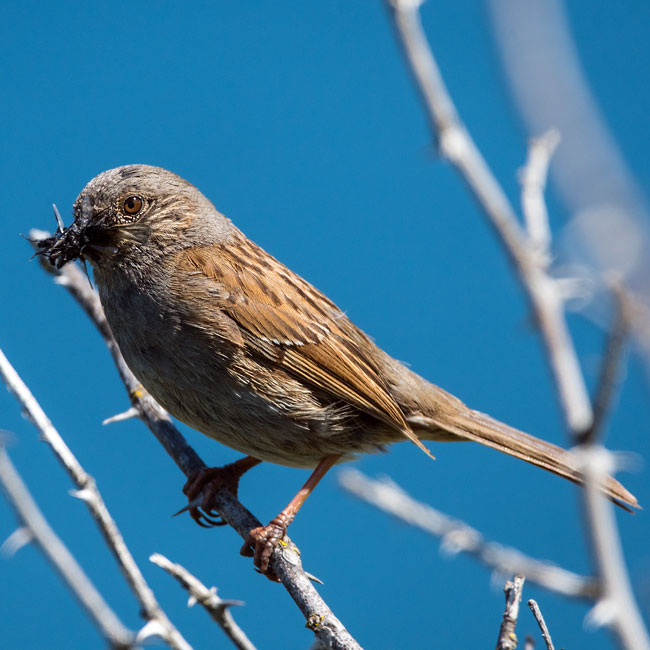
| Taken at Strathclyde Park on 6th January 2021 using Nikon D500 with Sigma 600 mm zoom lens. |  |
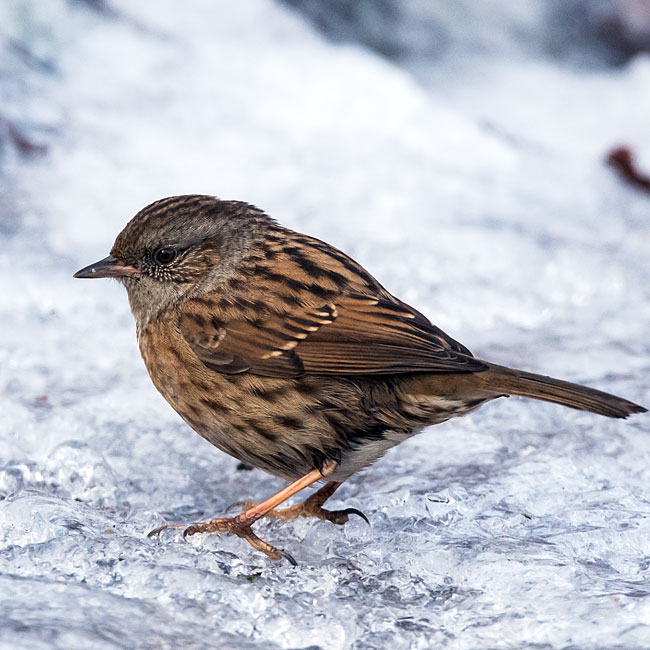
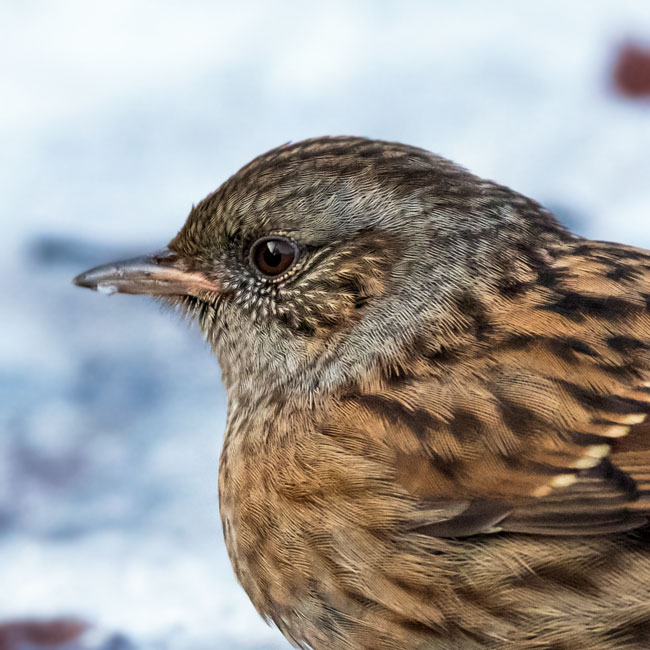
|
Taken
at Baron's Haugh
on 29th March 2020 using Nikon D500 with Sigma 600 mm zoom lens.
|
 |
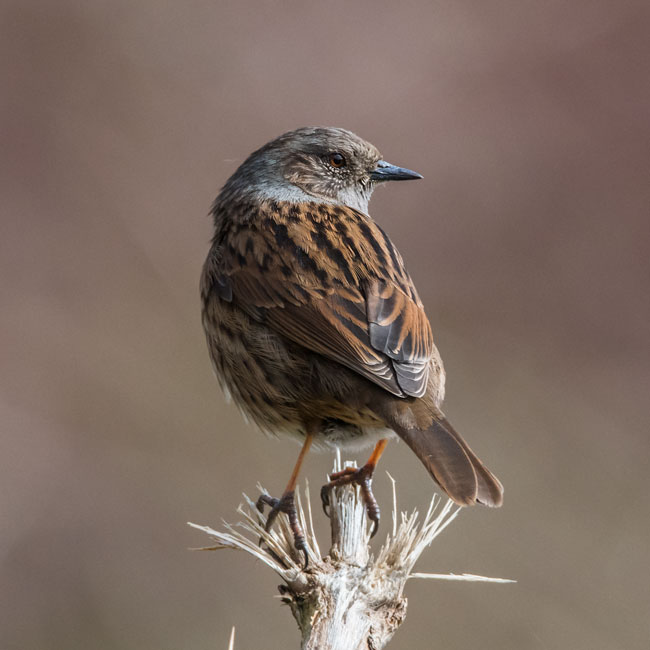
| Taken at Blackwaterfoot, Arran on 27th April 2019 using Nikon D500 with Sigma 600 mm zoom lens. |  |
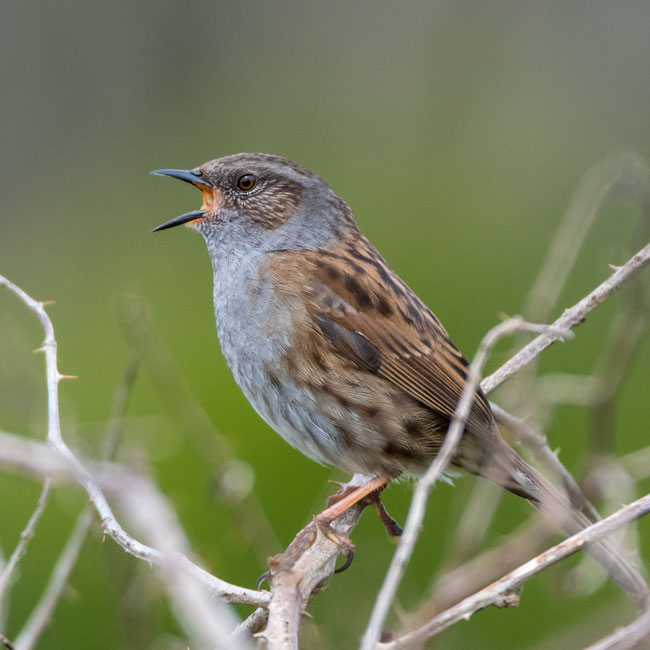
| Taken at Baron's Haugh on 10th April 2015 using Nikon D5200 with Sigma 150-500 mm zoom lens. |  |
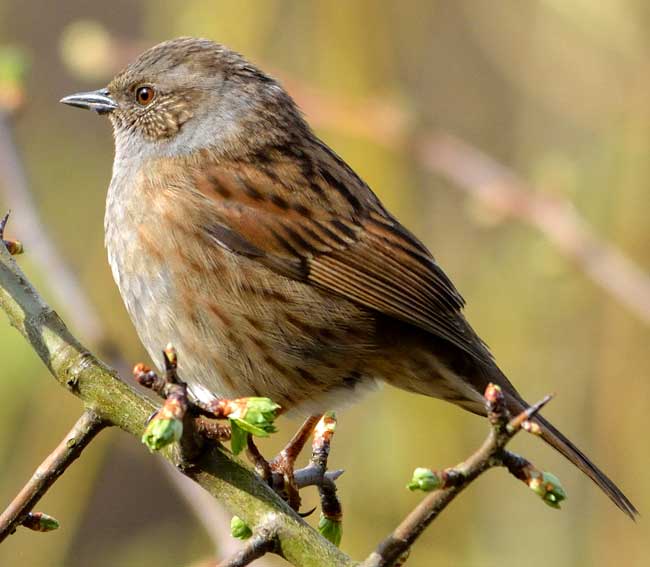
| Taken at Lochwinnoch on 8th April 2012 using Nikon D40X with Nikon 300 mm zoom lens. |  |
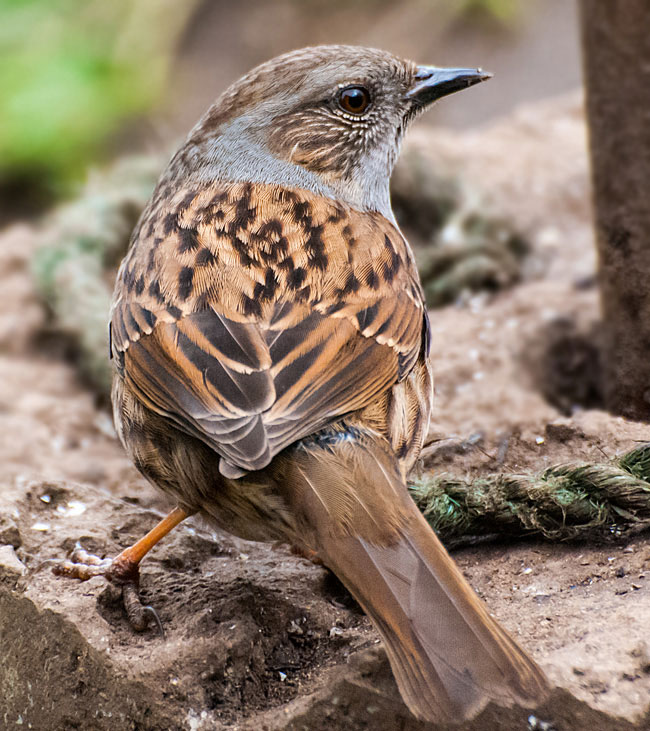
| Juveniles Taken at Kinneil Lagoon on 5th June 2016 using Nikon D5200 with Sigma 150-500 mm zoom lens. |
 |
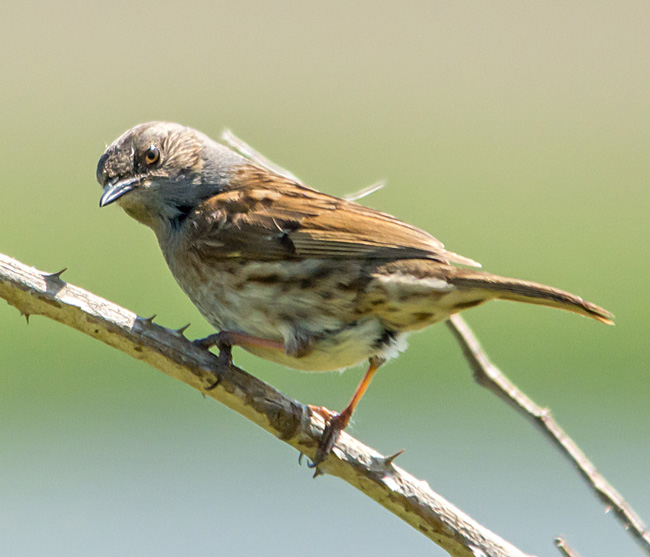
| Taken at Hogganfield Loch on 24th June 2016 using Nikon D5200 with Sigma 150-500 mm zoom lens. |  |
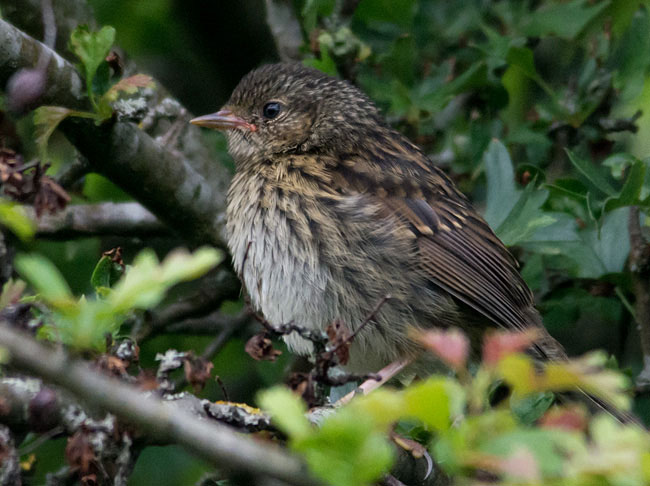
| Dunnock. |
| Species: Order: Family: Local Names: |
Prunella
modularis Passeriformes. Prunellidae. Hedge Sparrow. |
| Site Of Nest: Food: Plumage: Feature: Length: Breeding Period Eggs: |
Cup shaped nest is lined with moss and hair,
and built with twigs and
moss. Insects, spiders, worms and seeds.The Dunnock will not be seen near a bird feeder, prefering to pick up seeds from the ground dropped by other birds. It is brownish underneath, and has a fine pointed bill. Adults have a grey head, and both sexes are similarly coloured. Females are polyandrous, meaning they have more than one breeding partner. Chicks within broods often have different fathers. It is a host of the Common Cukoo. Other Cukoo hosts have learned to discriminate between eggs and consequently the Cukoo has evolved eggs that match those of it's hosts. In the case of the Dunnock, there is no resemblance, yet the eggs are accepted. 13.5 - 14 cms. April 2 - 3 Clutches. 4 - 6 Blue, smooth and glossy. |
| Voice |